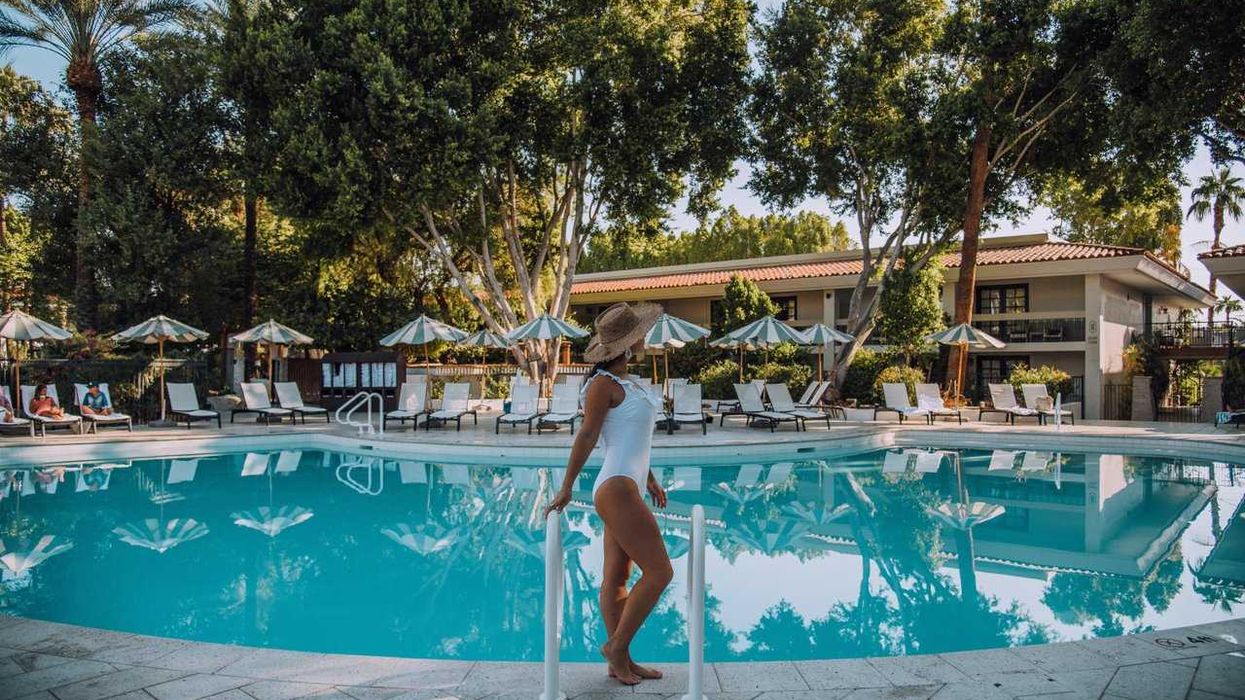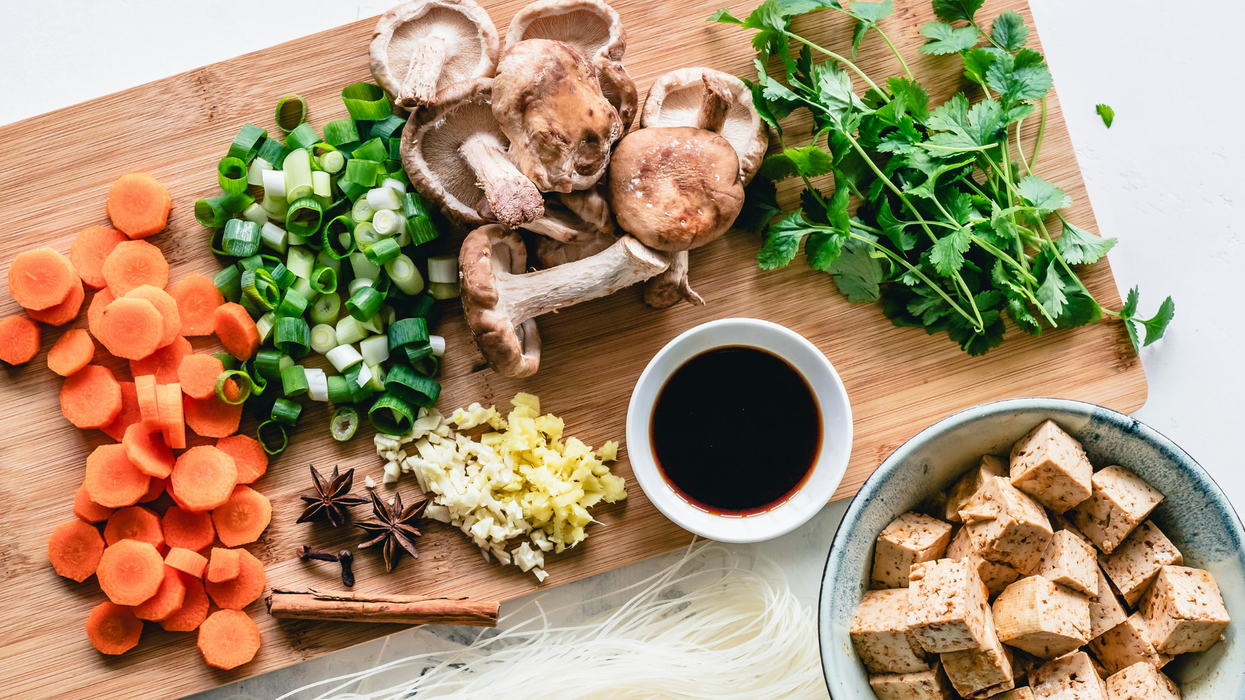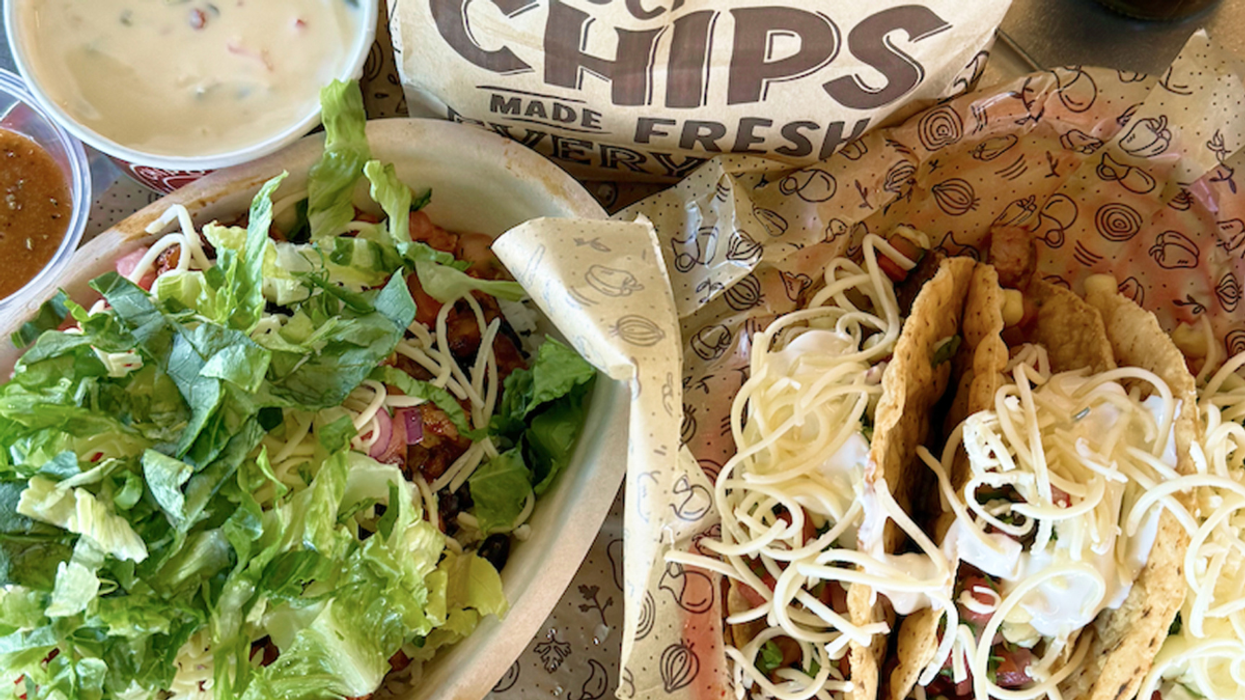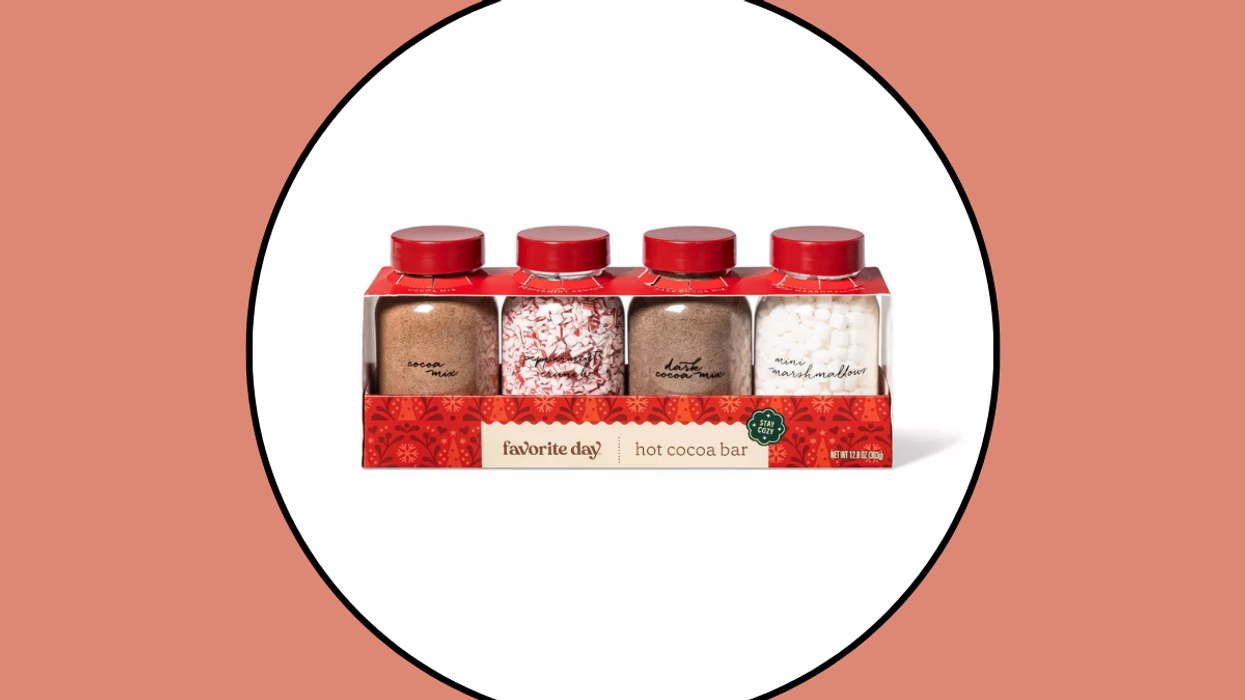Perfecting salmon at home is easier than you think.
4 Fabulous Ways to Cook Salmon
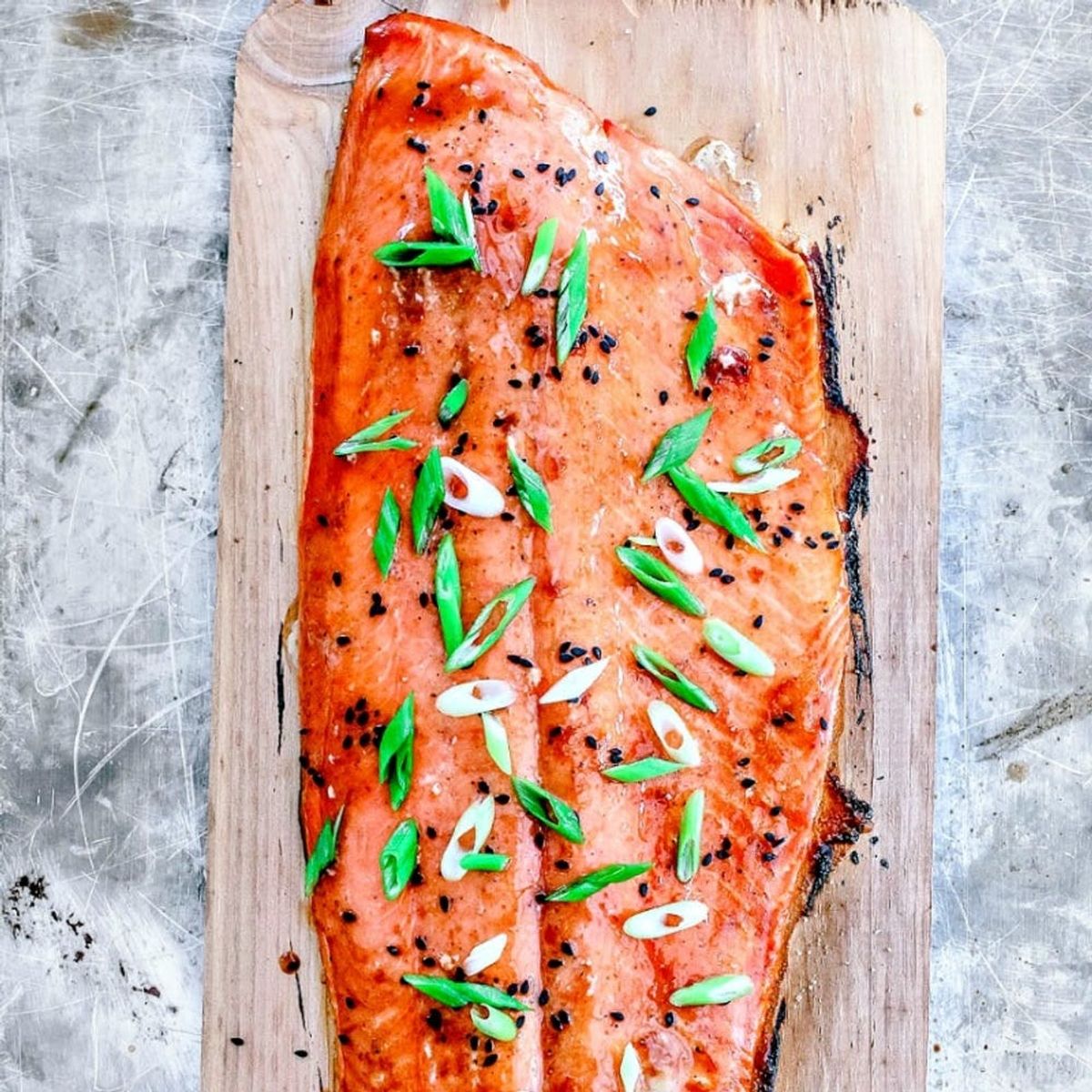
For many of us, 2017 was a doozy, but we here at Brit + Co are ready to hit refresh in 2018! Follow our Hit Refresh series through January for new ideas, hacks, and skills that will help you achieve (and maintain!) those New Year’s resolutions.
Some restaurants really knock it out of the park with salmon. The flesh is tender and flaky, the skin is crisped to perfection, and the flavor is off the charts. Yet when you try it for yourself at home, you end up with tough fishy-flavored fillets that could turn you off of salmon forever. The good news is that with a few simple tips and tricks, you too can ace the task of plating — and even grilling — the perfect salmon. Scroll on for four of our favorite methods.
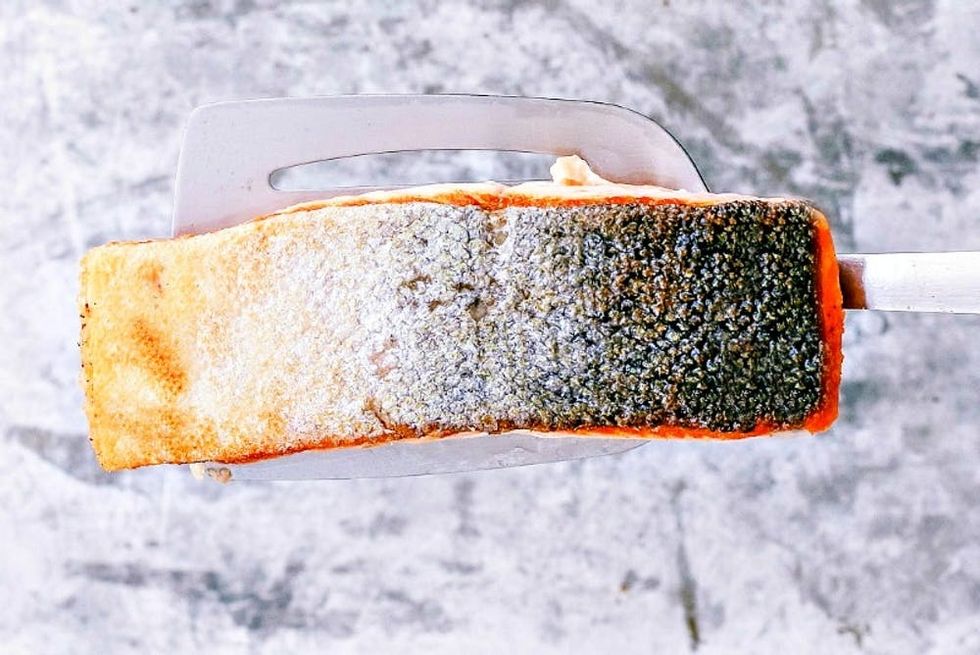
Pan-Fried Salmon With Crispy Skin
- Remove fillets from the fridge and gently pat them dry with paper towels. Take extra care in drying the skin; you don’t want any excess moisture. Allow fillets to sit at room temperature for about 15 minutes to ensure even cooking.
- Heat a stainless steel or cast iron skillet over high heat with enough oil to cover the bottom of the pan, and let it heat up until the oil is shimmering.
- Right before letting the salmon hit the pan, season the top of the fillets as well as the skin side with salt and pepper.
- Lower the heat to medium-low, and carefully place fillets in the pan, skin-side down. Gently press it down with a spatula for about 10 seconds to prevent the skin from curling up and warping the shape of your fillet. Cook skin-side down for about six minutes. If you have a meat thermometer, it should read at about 120 degrees Fahrenheit at this point, which promises a dreamy translucent and flaky medium-rare center. Carefully flip the fillet and cook it for about 30 seconds to a minute.
- Transfer the fillet to a paper-towel-covered plate to drain excess oil, and let it rest for a few moments before serving.
Flaky Baked Salmon
- Pre-heat oven to 400 degrees Fahrenheit with an oven rack placed in the center of the oven.
- Remove fillets from the fridge. If they aren’t marinated, gently pat them dry with paper towels and season with salt, pepper, and your preferred seasonings, then slather on whatever sauce you plan on using (if any), setting some aside for serving. Allow fillets to sit at room temperature for about 15 minutes to ensure an even cook.
- Once the oven is ready to go, place fillets in a baking dish and transfer them to the oven. Bake them for about 4-6 minutes per 1/2-inch of thickness. Check for doneness by inserting a fork into one of the fillets and gently twisting. If it’s flaky and opaque in the center, you’re good to go! If using a meat thermometer, aim for an internal temperature of about 135-140 degrees Fahrenheit.
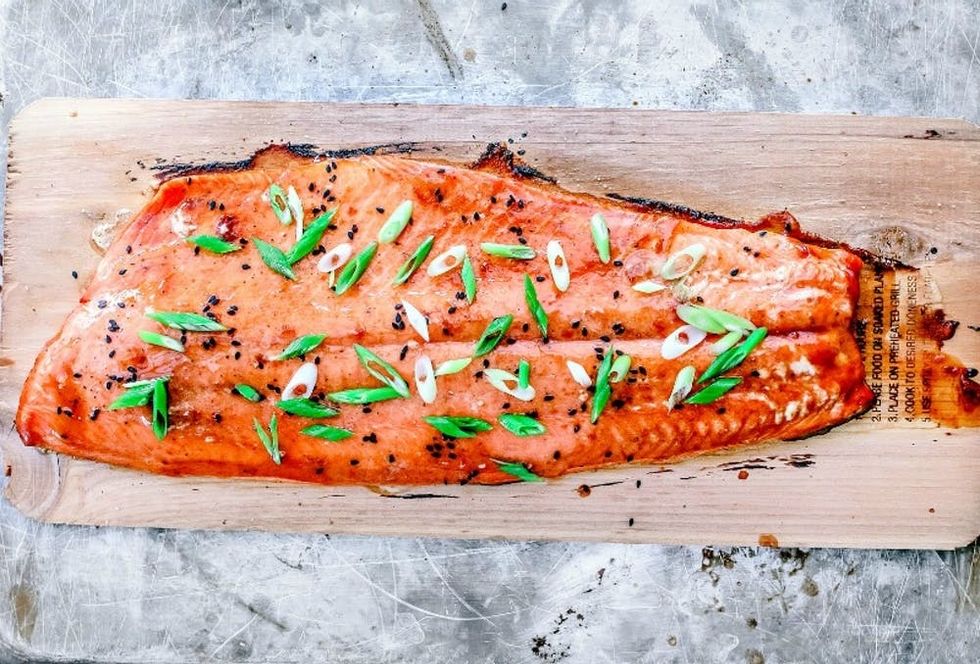
Grilled Cedar Plank Salmon
- Soak a cedar plank for about 60 minutes, or as per the directions that came with the plank. This prevents it from burning.
- Lay your salmon fillet down on a flat surface and check for pin bones. The best way to do this is to gently run your fingers along the top of the fillet. If you find any little prickles, remove them with a clean pair of tweezers. Once this is done, season the fillet.
- Pre-heat the grill at 350 degrees Fahrenheit. For an extra smokey flavor, throw a few chunks of mesquite or cherry wood on top of the coal before closing the lid.
- Once the grill reaches the desired temp and smoke is spilling out of the vents, place the presoaked plank onto the grill; heat it for about five minutes. This will char the plank and give your salmon an even more intense smokey flavor.
- Carefully flip the plank over so that the charred side is facing upward; place the salmon on top. If you’re using a sauce, slather it on now. Top it with fresh herbs and slices of citrus fruit for extra flavor infusion.
- Close the lid and let it cook for about 10 minutes before checking it. With a meat thermometer, take the fillet’s internal temp. Once it reaches 135 degrees Fahrenheit in the center of the thickest part of the fillet, carefully remove the salmon from the grill. Let it rest for a few moments, and serve.
Easy Broiled Salmon
- Position the oven rack about six inches from the broiler. Turn on oven to broiler setting.
- Line a cookie tray with parchment paper.
- Season salmon fillets and dress them with your choice of sauce.
- Place beneath the broiler and let cook for about 7-8 minutes. Be sure to keep an eye on them, as every broiler is different.
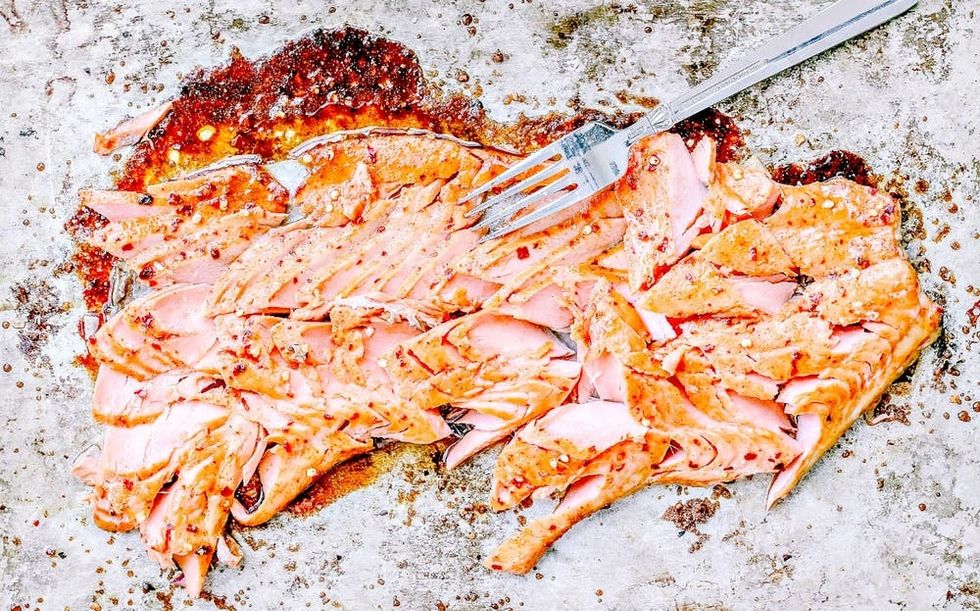
A FEW HELPFUL TIPS TO KEEP IN MIND
- Don’t cook cold salmon; always bring salmon to room temperature before cooking it to ensure an even cook throughout the fillet.
- Always gently pat salmon dry with paper towels, especially the skin. Removing moisture will help you get that crispy skin you love.
- One of the best ways to gauge cooking time is by remembering to cook salmon for 4-6 minutes per 1/2 inch.
- Protein continues to cook once removed from heat. The US FDA recommends cooking salmon until it reaches an internal temperature of 145 degrees Fahrenheit at its thickest part. With fresh, high-quality salmon, you’re usually okay to cook it to about 135 degrees Fahrenheit. The internal temperature will rise as the fillet rests.
What’s your favorite way to cook salmon? Tweet us @BritandCo!
(Photos via Dana Sandonato / Killing Thyme)




